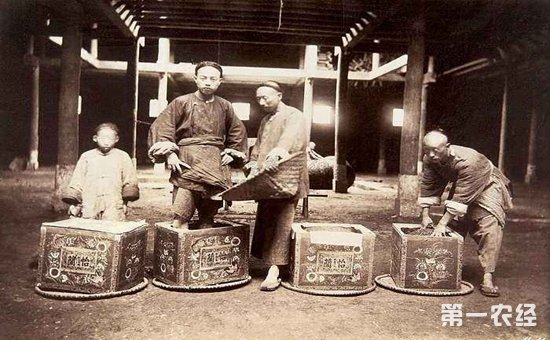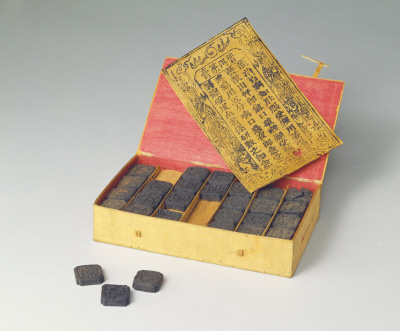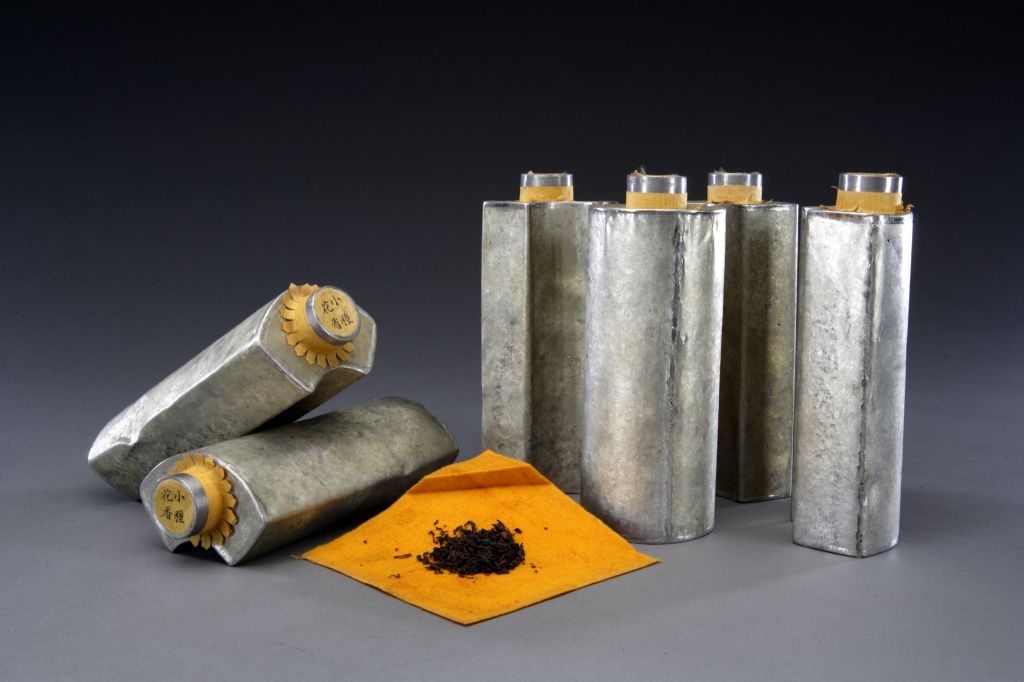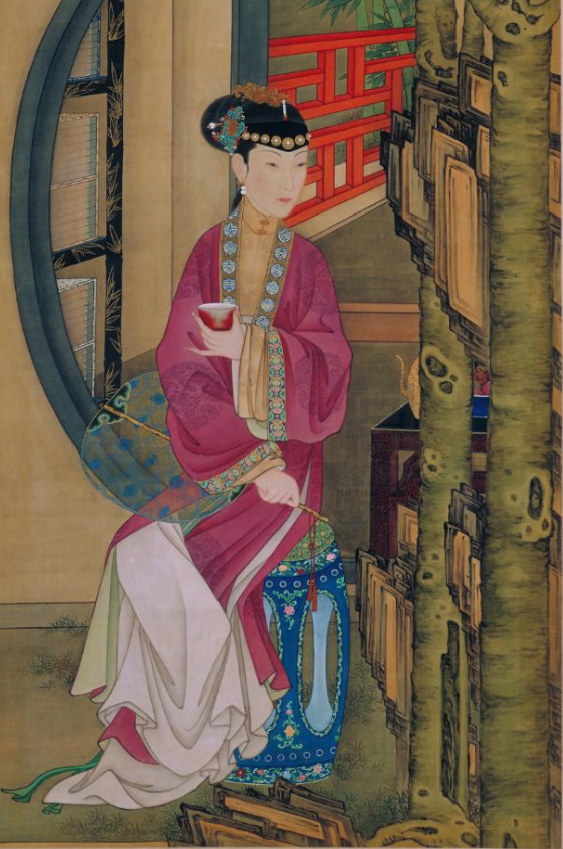From the perspective of the development of tea industry and tea science, the Ming and Qing dynasties were a stage in which the ancient Chinese tea industry and traditional studies went from the peak to the ultimate. In this stage, Chinese tea affairs are extremely complicated, especially in the following two points: First, loose leaf tea and bud tea become the leading aspect of tea production and consumption in China. Second, with the development and skill of drinking and processing tea techniques, especially in the middle and late Ming Dynasty, ancient Chinese tea-processing techniques and traditional tea studies have reached a new height.

The rise of loose leaf tea and the innovation of tea processing
According to the literature, Chinese tea production, mainly in the Jin, Southern and Northern Dynasties and Sui and Tang Dynasties, is mainly based on the production of tea cake. Therefore, the name of the tea, in addition to the name of tea cake or piece tea, as opposed to these pressures, there are the names of "bud tea" and "loose leaf tea". Loose leaf tea is a general term for all kinds of non-compressed tea. As for the bud tea, it can be kind of loose leaf tea. The amount of loose leaf tea produced and consumed in the Tang Dynasty is not large, and there are not many documents about loose leaf tea. After the Song Dynasty, especially after the Southern Song Dynasty, with the development of loose tea production, there were two kinds of teas in the history books. Loose leaf tea, including steamed tea, dust tea or stirred tea, in some places, steamed tea, stirred tea is also known as herbal tea. The bud tea and loose leaf tea called by the Ming Dynasty are actually the herbal teas mentioned by the Song and Yuan Dynasties. Therefore, the uniqueness of the Ming and Qing bud tea and loose leaf tea, from the perspective of development, can also be called the rise of past herbal tea or loose leaf tea.

(puerh ointment in qing dynasaty)
In the Yuan Dynasty, the tea cake were mainly used as tribute tea, and the folks generally only drink loose leaf tea and dust tea. The outstanding development of loose leaf tea in the Ming Dynasty is also reflected in the innovation of tea processing technology. The production of Yuan Dynasty loose leaf tea, although the process has been quite systematic and complete, but the introduction is only a steaming tea, and from the requirements of high-grade tea, it is inevitable. After the Ming Dynasty, in the production of tea, the general change of steamed tea is stirred tea, which provides a very favorable condition for the general opening of bud tea and loose leaf tea.
The uniqueness of the Ming Dynasty loose leaf tea was also manifested in the promotion of the development of other teas. In addition to green tea, the Ming and Qing Dynasties have also been fully developed in terms of dark tea, scented tea, oolong tea and black tea. Such as dark tea, the literature records, Sichuan has production in 14 centuries, and later with the expansion of tea-horse trade, to the 16 centuries, many areas of Hunan began to processed dark tea, to the late Qing Dynasty, dark tea formed and developed into a special product of Hunan Anhua. Scented tea originated from the processing technology of Dragon-Phoenix tea cake in the Northern Song Dynasty. At the early stage of the Southern Song Dynasty, the technology of jasmine and other flowers and tea was invented. However, the large development of scented tea is still in the Ming Dynasty.
According to Zhu Quan's "Tea Spectrum" (around B.C.1440) and other tea books, the Ming Dynasty used jasmine flowers to fumigate teas , also extended to roses, scorpions plums and etc. Oolong tea, it is a semi-fermented tea that was first created in Fujian during the Ming and Qing Dynasties.
 (scented tea in qing dynasty)
(scented tea in qing dynasty)
While the Qing Dynasty, with the development of tea foreign trade, black tea was quickly transferred from Fujian to Jiangxi, Zhejiang, Anhui, Hunan, Hubei, Yunnan and Sichuan provinces. The development of bud tea and loose leaf tea in the Ming and Qing Dynasties depends on the development of the commodity economy within the society itself, as a result of the stimulation and promotion of the foreign trade in the Qing Dynasty, especially tea.


The rise of loose leaf tea and the innovation of tea processing
According to the literature, Chinese tea production, mainly in the Jin, Southern and Northern Dynasties and Sui and Tang Dynasties, is mainly based on the production of tea cake. Therefore, the name of the tea, in addition to the name of tea cake or piece tea, as opposed to these pressures, there are the names of "bud tea" and "loose leaf tea". Loose leaf tea is a general term for all kinds of non-compressed tea. As for the bud tea, it can be kind of loose leaf tea. The amount of loose leaf tea produced and consumed in the Tang Dynasty is not large, and there are not many documents about loose leaf tea. After the Song Dynasty, especially after the Southern Song Dynasty, with the development of loose tea production, there were two kinds of teas in the history books. Loose leaf tea, including steamed tea, dust tea or stirred tea, in some places, steamed tea, stirred tea is also known as herbal tea. The bud tea and loose leaf tea called by the Ming Dynasty are actually the herbal teas mentioned by the Song and Yuan Dynasties. Therefore, the uniqueness of the Ming and Qing bud tea and loose leaf tea, from the perspective of development, can also be called the rise of past herbal tea or loose leaf tea.

(puerh ointment in qing dynasaty)
In the Yuan Dynasty, the tea cake were mainly used as tribute tea, and the folks generally only drink loose leaf tea and dust tea. The outstanding development of loose leaf tea in the Ming Dynasty is also reflected in the innovation of tea processing technology. The production of Yuan Dynasty loose leaf tea, although the process has been quite systematic and complete, but the introduction is only a steaming tea, and from the requirements of high-grade tea, it is inevitable. After the Ming Dynasty, in the production of tea, the general change of steamed tea is stirred tea, which provides a very favorable condition for the general opening of bud tea and loose leaf tea.
The uniqueness of the Ming Dynasty loose leaf tea was also manifested in the promotion of the development of other teas. In addition to green tea, the Ming and Qing Dynasties have also been fully developed in terms of dark tea, scented tea, oolong tea and black tea. Such as dark tea, the literature records, Sichuan has production in 14 centuries, and later with the expansion of tea-horse trade, to the 16 centuries, many areas of Hunan began to processed dark tea, to the late Qing Dynasty, dark tea formed and developed into a special product of Hunan Anhua. Scented tea originated from the processing technology of Dragon-Phoenix tea cake in the Northern Song Dynasty. At the early stage of the Southern Song Dynasty, the technology of jasmine and other flowers and tea was invented. However, the large development of scented tea is still in the Ming Dynasty.
According to Zhu Quan's "Tea Spectrum" (around B.C.1440) and other tea books, the Ming Dynasty used jasmine flowers to fumigate teas , also extended to roses, scorpions plums and etc. Oolong tea, it is a semi-fermented tea that was first created in Fujian during the Ming and Qing Dynasties.
 (scented tea in qing dynasty)
(scented tea in qing dynasty)While the Qing Dynasty, with the development of tea foreign trade, black tea was quickly transferred from Fujian to Jiangxi, Zhejiang, Anhui, Hunan, Hubei, Yunnan and Sichuan provinces. The development of bud tea and loose leaf tea in the Ming and Qing Dynasties depends on the development of the commodity economy within the society itself, as a result of the stimulation and promotion of the foreign trade in the Qing Dynasty, especially tea.
